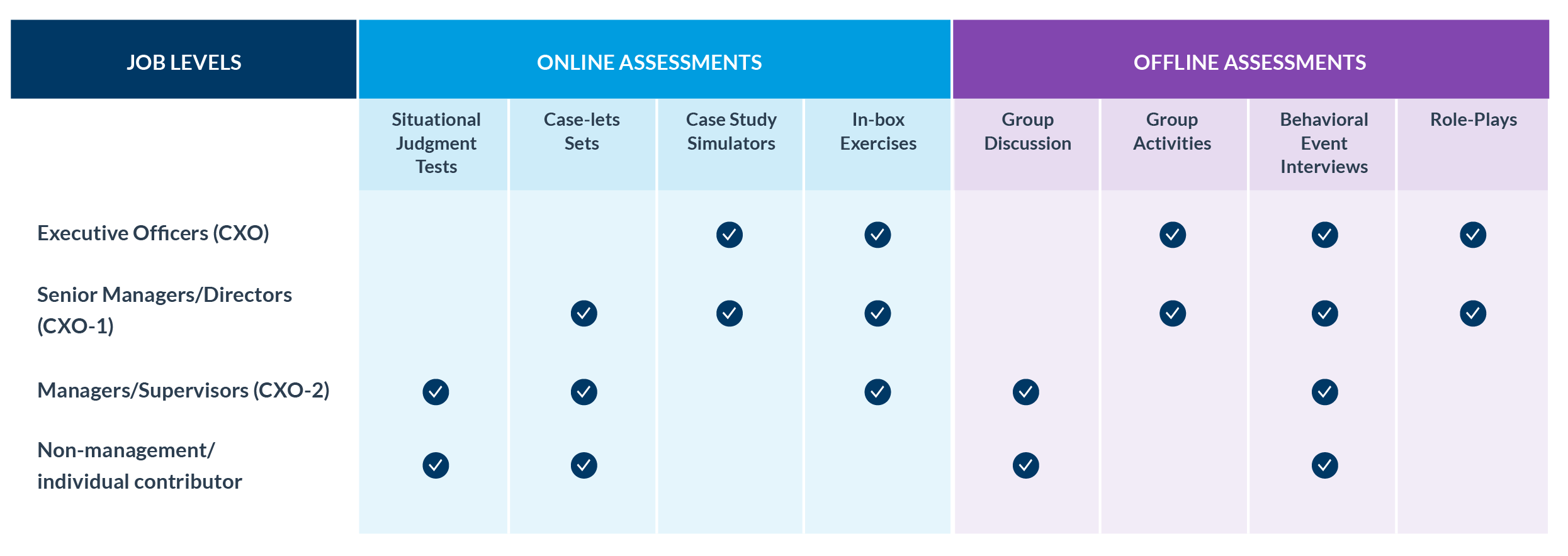Behavioral assessment tools are psychological instruments for assessing the behavioral competencies of candidates. They can be used in any stage of the employee life cycle, including hiring, promotion, workforce development, team development, and leadership development. Utilizing behavioral assessment tools will simplify the selection process for recruiters, helping them hire candidates that are a fit for the role, culture, organization, etc.
Behavior assessment tools are automated, structured frameworks used in the various stages of the employee lifecycle, including selection, career advancement, employee development, team development, and leadership development. During the recruiting process, hiring managers can employ behavior assessment tools to identify candidates suitable for the role, company, culture, etc.
Behavioral assessment tools are used to assess behavioral competencies of candidates. They can be used in any stage of the employee life cycle, including hiring, promotion, workforce development, team development, leadership development, and leadership efficacy. During the hiring process, a recruiter meets many potential candidates. It is a perplexing experience to sift through applicants to find the right candidate who would contribute immensely to the organization. Utilizing behavior assessment tools will simplify the selection process for recruiters, enabling them to hire candidates that are a fit for the role, culture, organization, etc.
Behavioral assessment tools require test takers to exhibit particular behavioral skills in one or many exercises based on actual workplace situations. Such tools are extensively used in the workplace for hiring and development because they blend innovation and scientific rigor to ascertain job and cultural fit. Different behavior measurement tools can be used cumulatively or individually for a comprehensive analysis of individuals.









 Behavioral Competencies
Behavioral Competencies Cognitive Competencies
Cognitive Competencies Coding Competencies
Coding Competencies Domain Competencies
Domain Competencies





































Would you like to comment?